Centralisation in the NHS is always a talker. People naturally want to be cared for in their worst moments as close to home as possible.
This is especially true for critically unwell newborns.
Parents instinctively want to hold them close but must ignore that natural response to give them the best chance at life.
So I understand why mums with experience of their children being cared for in a neonatal intensive care unit are opposed to centralising care to Aberdeen, Glasgow and Edinburgh.
Current plans to downgrade Dundee and Fife neonatal units
The current plans would see the units in Dundee and Fife downgraded. They would still provide some intensive care, but the most unwell babies would be transferred.
If a mother gives birth and requires care, it could mean her child is transferred hours away.
As one mum points out, if she had been in this situation then she may not have been able to meet her baby before he died five days later.
Let’s be absolutely clear. Such a situation would be unbearably cruel, and any move to centralise care should ensure medics are conscious of avoiding it.
But a letter from one of our readers gave me pause for thought about the merit of such a move, especially in light of Prime Minister Keir Starmer’s warning that the NHS will not receive any more money without reform.
They pointed out that good healthcare is a constant balance between the needs of a few and convenient local services for the many.
The vast majority of parents will welcome their new baby at a local, convenient maternity unit a short journey from their home.
They will receive the best possible care from professionals, who will be able to recognise when more intense treatment is needed.
A handful of cases every day will need a more specialised approach and the mum-to-be or her child may have to travel to a centralised unit some distance away.
In return, they will have access to world-class experts with the experience and skills necessary to provide cutting-edge care and support.
I went on to speak with a doctor contact about the issue, and my mind was changed quite quickly.
As medicine specialises, centralisation is inevitable
They highlighted how medicine is becoming increasingly specialised. While there are generalist doctors who can help the majority of patients, there are some who are so specialised they have skills shared by only a handful of others.
It’s these doctors we want to care for newborns requiring the highest level of care.
As we learn and discover more treatments and cures, it is impossible to expect doctors to be able to be experts in every treatment.
The number of babies born requiring the most intense care is, thankfully, small.
Scotland’s demographics make centralisation inevitable
So those with the most specialised skills need to be in a hospital where they are exposed to the most cases so that they can learn and explore new methods of care.
We have to accept that for the sickest, care will have to be centralised. This is especially true in a country with demographics like Scotland’s.
Too often, the easy political answer to a problem, particularly in our public services, is to throw more cash at it.
If only there was more money, we could cut NHS waiting lists.
If only we could employ more police officers, we could tackle outrageous levels of petty crime.
More cash can’t always be the answer
But the awkward truth is that government is often too keen to be seen to be doing something.
Announcing an extra £10 million here, or £50 million there, may look like action on an issue, but it’s not a real answer much of the time.
Our system of politics, where politicians are elected to represent a constituency, also feeds into this.
When there are proposals to close or downgrade a hospital, or change how a service is delivered, complaints from constituents can often motivate the politician to oppose reform.
Many even run election campaigns on promises over such issues. This is short sighted and is too often the result of betraying what will actually improve things versus what makes us feel good.
Healthcare balance needs of few with local services for the many
We all want a world-class hospital on our doorstep. For the majority of us though, that’s not possible.
The reader who contacted me made an excellent analogy.
No one expects their corner shop to stock much more than the basics. We all recognise that while we can buy our milk and a copy of The Courier locally, we may have to travel further afield for a larger purchase.
Healthcare is likely to be no different in the future.
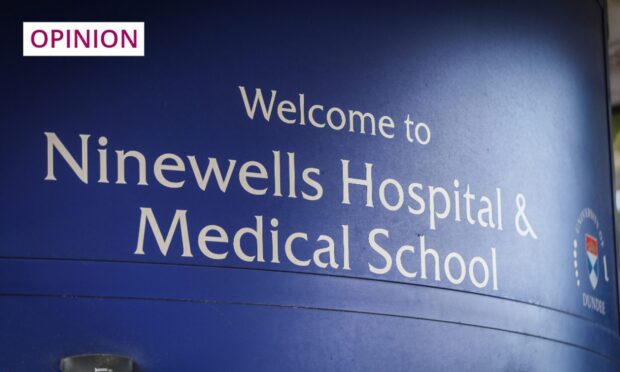
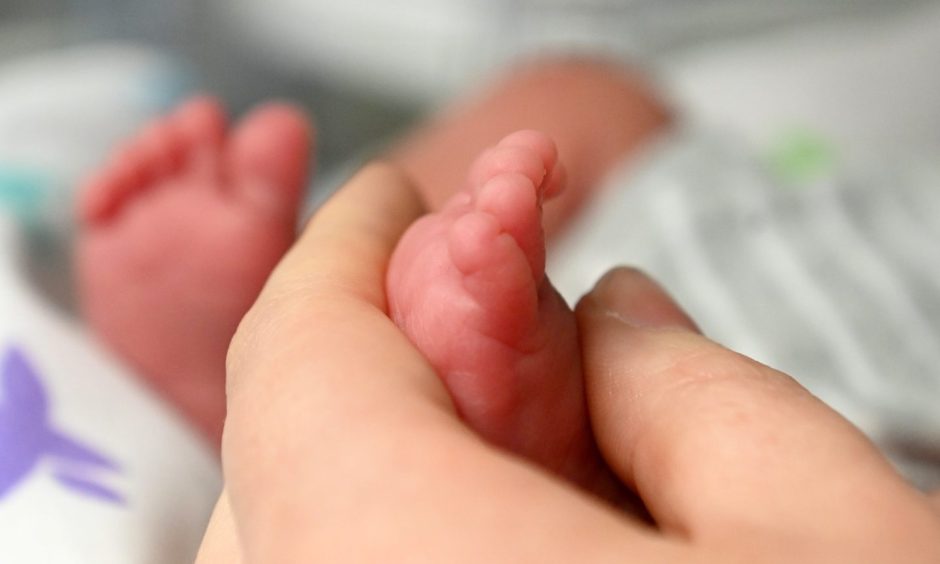
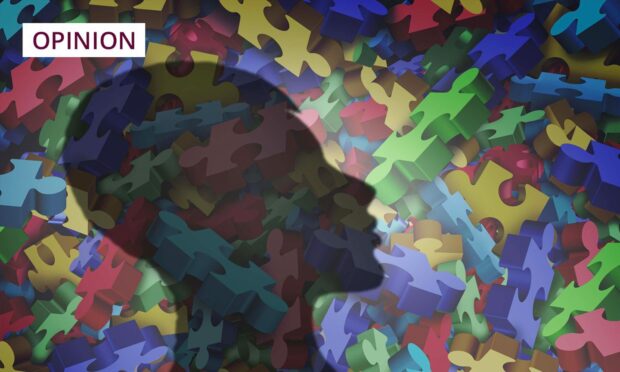
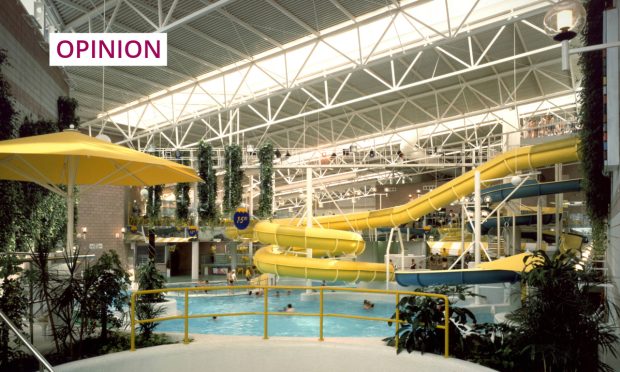
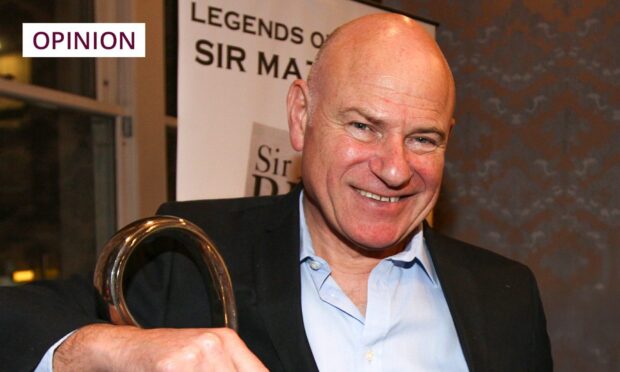
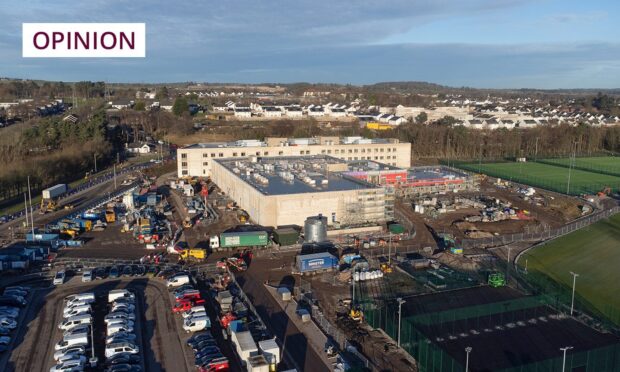
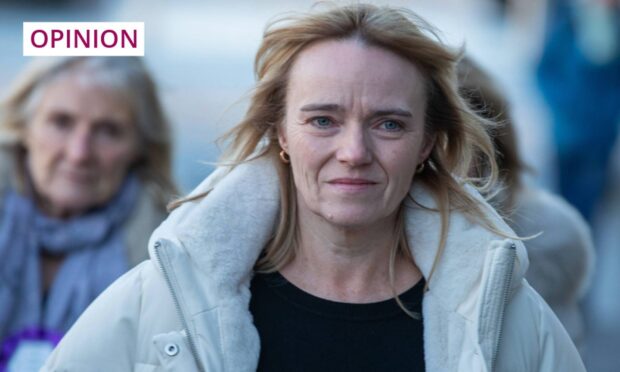
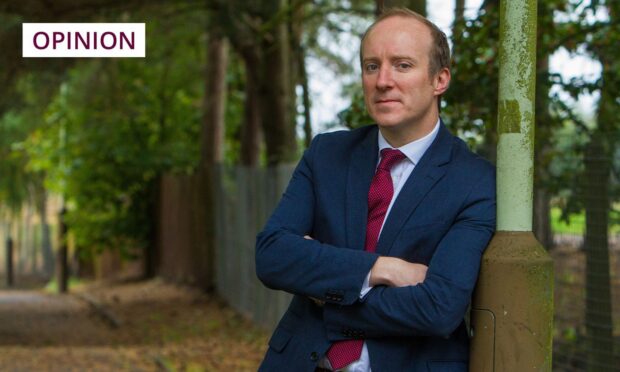
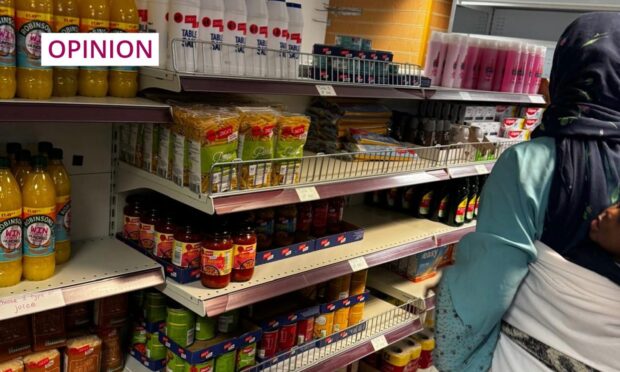
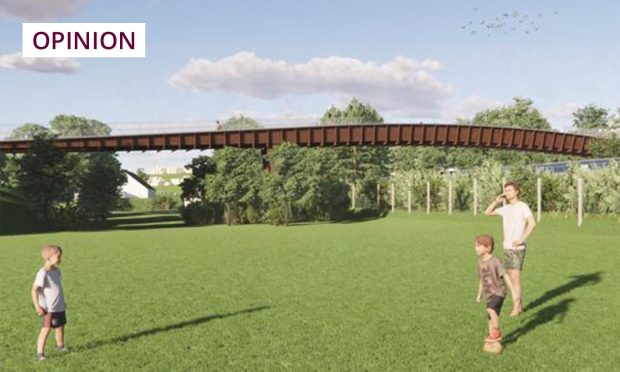
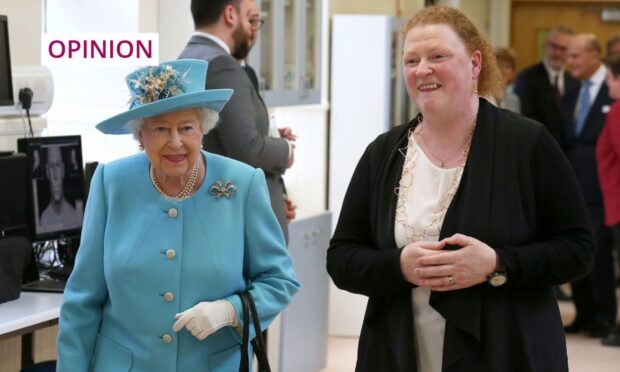
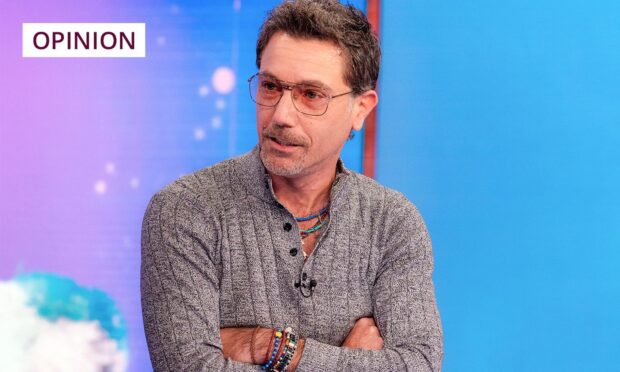
Conversation